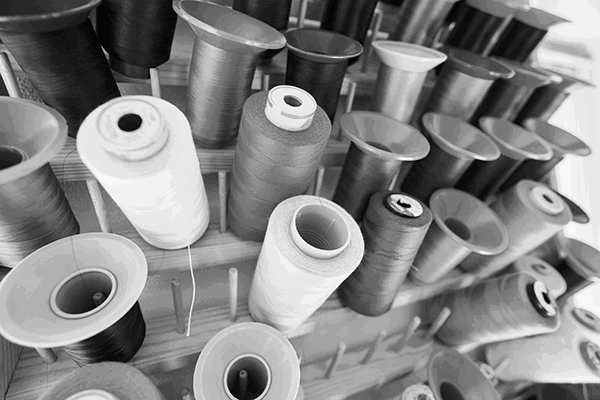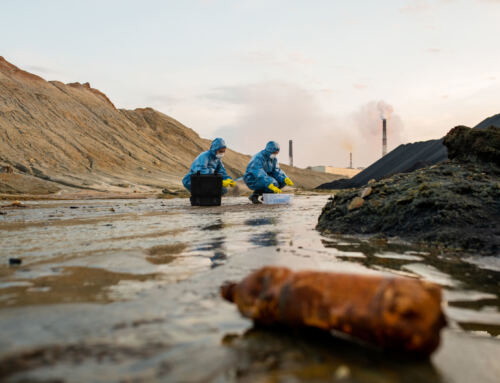Chemistry is everywhere. From the expansive production of global food supplies to the metabolism that powers the smallest microorganisms, everything around us is produced and controlled by chemistry. This fundamental science shapes the world in which we live by directing how raw materials are transformed into essential goods and influences natural processes. Whether it is the food we eat, the medicines on which our health relies, or the technology we use daily, chemistry is fundamentally involved.
Chemical synthesis, also known as chemical combination, is the branch of chemistry that aims to control and direct chemical reactions to obtain products of interest. This process involves the complex assembly of large molecules from more straightforward, smaller units (reagents), posing significant challenges. Overcoming these challenges requires considerable investment in time and resources, developing new reactions, discovering new catalysts, and refining techniques.

This blog post will discuss five examples of how chemical synthesis is a fundamental part of our lives.
Everyday Chemistry

Let me tell you a story: before the advent of mobile phones, we used to grab whatever we had around the bathroom when we had to use it for extended periods. Shampoo and gel bottles were often among our thrilling reads on those breaks. One of the most repeated names on these labels is Sodium Lauryl Sulphate (SLS), also known as Sodium Dodecyl Sulphate (SDS). This molecule is used for its surfactant properties.
The chemical structure of SDS allows it to make micelles and vesicles in water around fatty molecules, increasing their solubility and making them easier to clean.
And without leaving the bathroom, have a quick look in the cabinet. Painkillers like aspirin, paracetamol, or ibuprofen are staples in most medicine cabinets worldwide. Whether it is for joint pain, sore throat, or recovery from surgery, these chemicals help us deal with unpleasantness. Long has passed since using willow bark infusions, rich in salicylic acid, to treat ailments. Nowadays, however, the most used painkiller is paracetamol (acetaminophen). First synthesized in 1893 by combining p-nitrophenol with tin and glacial acetic quickly rose in popularity until becoming the most consumed over-the-counter drug.
Some other very common bottles in this room are cleaning products like ammonia. This chemical is widely used in cleaning products, including window cleaners, floor and furniture polish, and drain and bathroom cleaners. Ammonia is synthesized from hydrogen and nitrogen gas using the Haber-Bosch process using an iron metal catalyst at high pressure and temperature. Although we have mentioned its applicability as a cleaning product, this chemical is also fundamental in fertilizers. Before being chemically synthesized, the source for this nitrogen-based fertilizer was either niter or guano. However, the offer was not enough to satisfy demand. Being N2 the most abundant gas in air (78%), one would think that this process should be easy. The reality is quite different since the molecule of nitrogen gas is very stable, and therefore, it is very hard to make it react.
Vanilla is one of the most used flavorings when it comes to food. From ice cream to hot drinks and cakes, its presence is ubiquitous. Although initially, it was the result of adding pods of different members of the genus Vanilla endemic to Mesoamerica, nowadays, it is more common to use synthetic vanillin. A number of routes can synthesize this chemical. Still, the two most used ones involve the chemical modification of waste from the paper industry or petrochemical precursors like guaiacol and glyoxylic acid.
The petrochemical industry has given us a wide variety of products, such as polyester. Love it or hate it, polyester is a pervasive fabric in the fashion market nowadays, making up 70% of our clothing.
Patented in 1941 by J.T Dickson and J.R Whinfield, it is a polymer, also known as polyethylene terephthalate, and is a product of the reaction between ethylene glycol and terephthalic acid. It is known for its resistance to tearing and waterproof qualities. However, it is not exempt from cons, such as lack of breathability and linked to pollution, during synthesis (derived from fossil fuels), but also during usage (microplastic shedding) and disposal (not biodegradable).

Looking ahead without forgetting what is behind
Without even leaving the comfort of our homes, we have seen how chemical synthesis is not merely a scientific discipline confined to the walls of a laboratory; it is an essential pillar of society and pervasive in almost every aspect of our day-to-day lives. From the foam of our shampoo to the painkillers in our cabinet and from our favorite vanilla-flavored treats to our clothes, chemistry is ubiquitous. The examples in this blog post reflect the wide applications of chemical synthesis and its profound impact on improving and sustaining our quality of life.
As humanity continues to face global challenges, from climate change to public health crises, the principles of this discipline remain crucial to developing new solutions. These solutions can alleviate immediate problems and pave the way for future advancements.
Chemical synthesis is much more than just mixing substances in a lab. It is about creating possibilities to improve every facet of human life. As we look ahead, this field will continue to provide innovative solutions for complex challenges. By understanding and appreciating this, we can better recognize the role of chemistry, not just as an obscure academic subject but as a contributor to our everyday lives and collective future.
Watch the video






